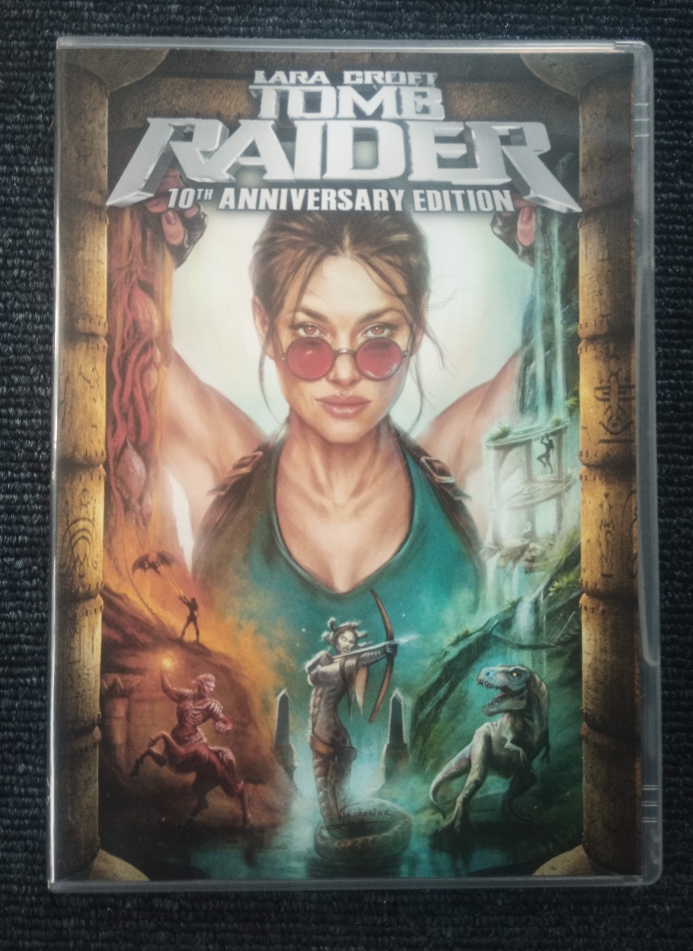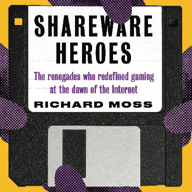I covered its development and reception in my Shareware Heroes book, along with creator Richard Carr's other excellent games (and the work of many other shareware creators).
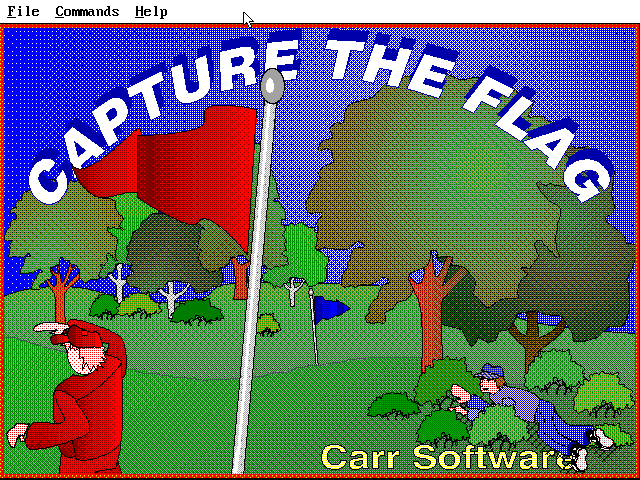
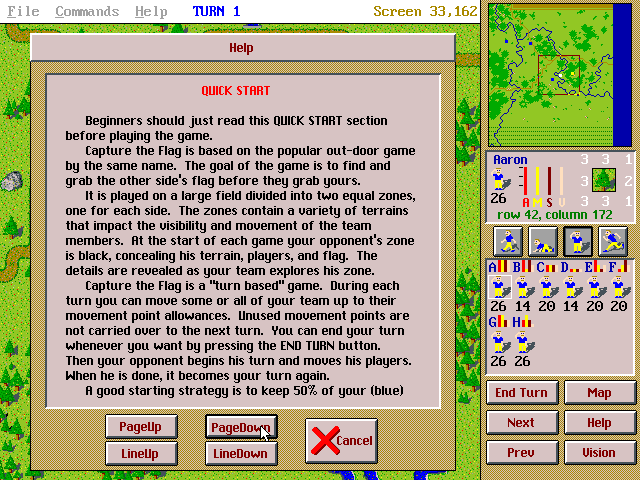
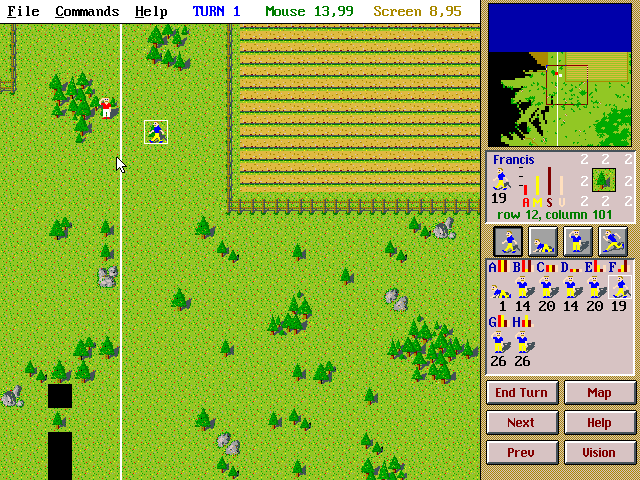
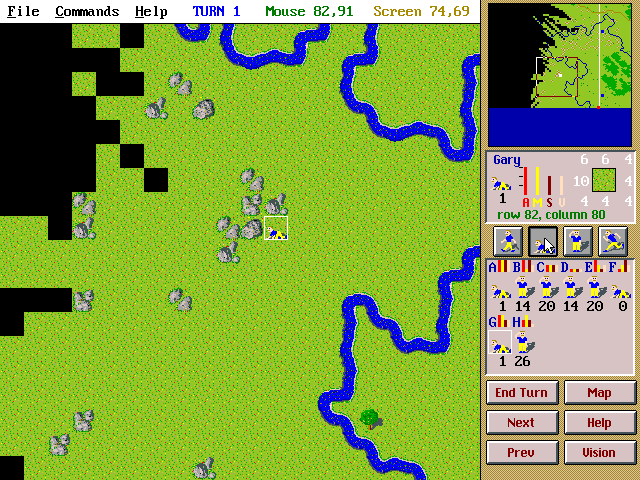
Old-school Mac (and maybe some Amiga and Apple IIgs) people will know what a special game this was in its original form, and how incredible its 1-bit dithered graphics were for the time. The rest of you, get informed (but stay away from the console ports; instead, read my Mac gaming book or find some videos and retrospective articles by people who knew the game back when it was new).
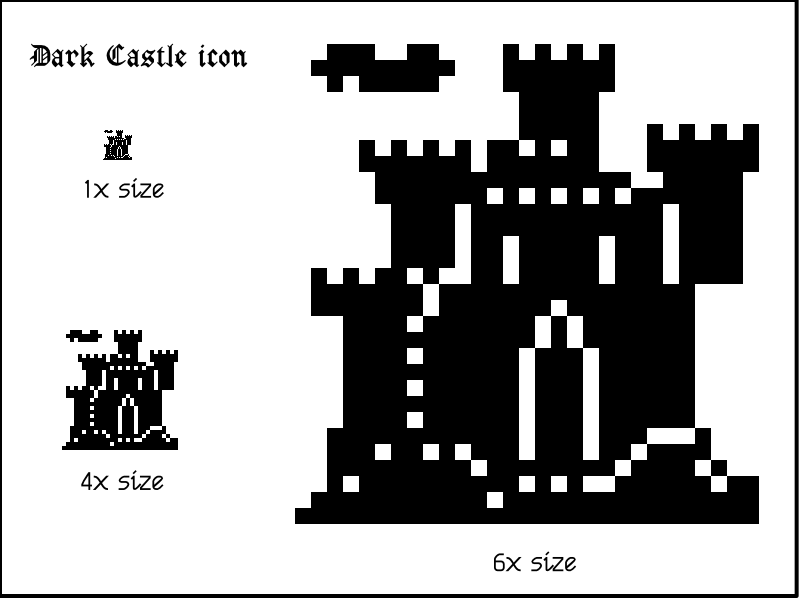
#DevWorld ticket sales are open! Join us in #Melbourne for the #conference! Early bird discount now available! Follow @auc for updates! #iOSdev #AppleDev #macOS #Apple https://auc.edu.au/devworld/registration/
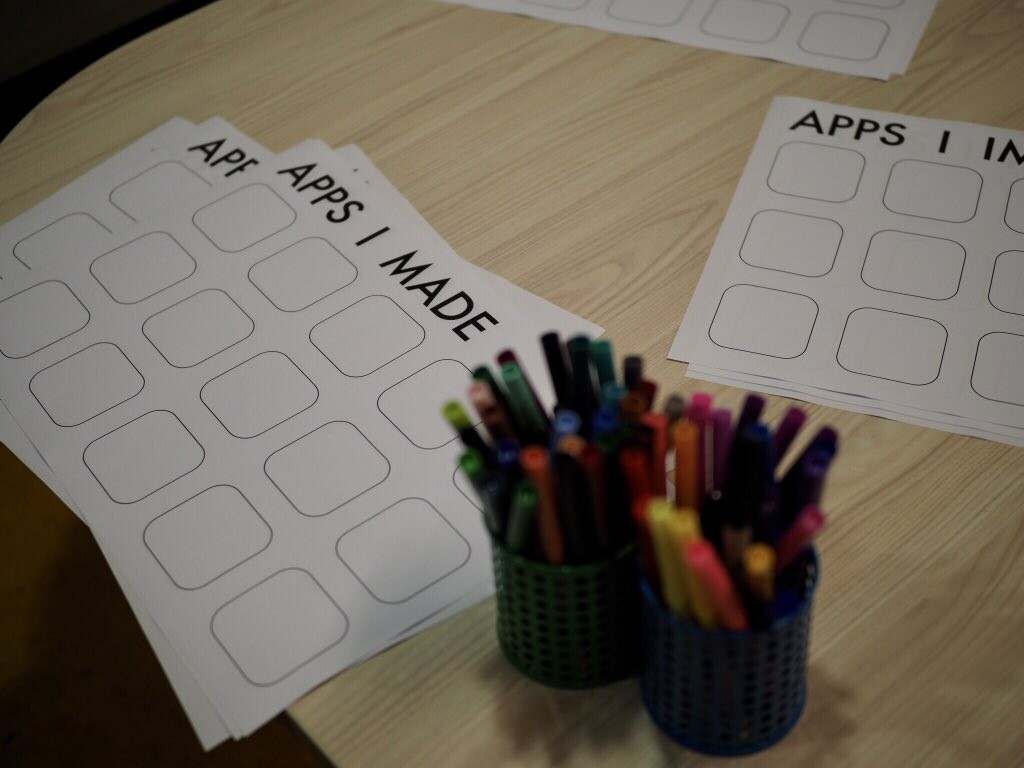
Well folks, I can finally announce my secret project...
I'm writing a book about the history of Maxis Software for Limited Run Games. Stay tuned for info about the book currently known as SIMEVERYTHING!
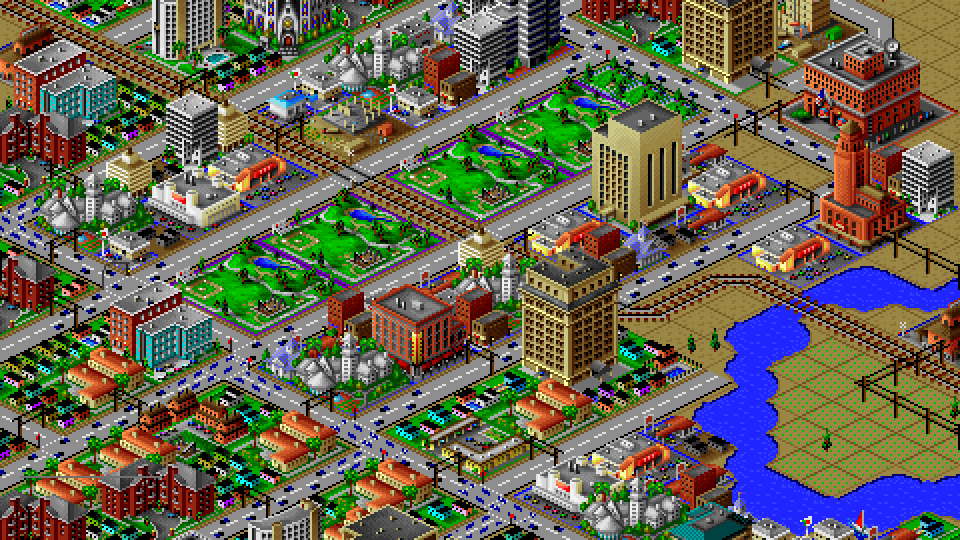
They made a business out of doing licensed football games for professional clubs (not even just top-tier ones, either) in England, Scotland, and sometimes across Europe. They never did regular action stuff (Codemasters had that market cornered), but they also did loads of club management sims from around 2003-5. I have a QPR one in my office.
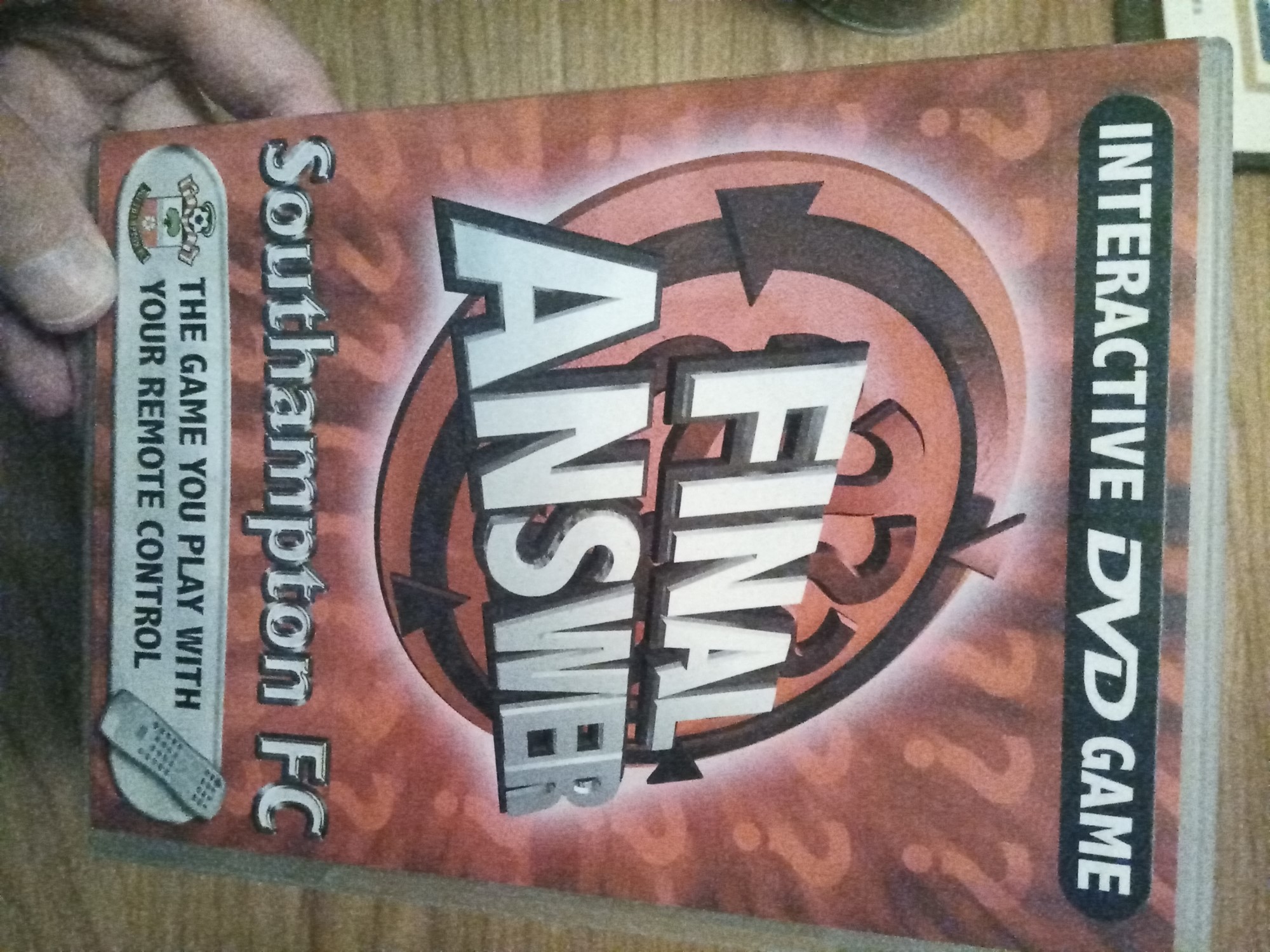
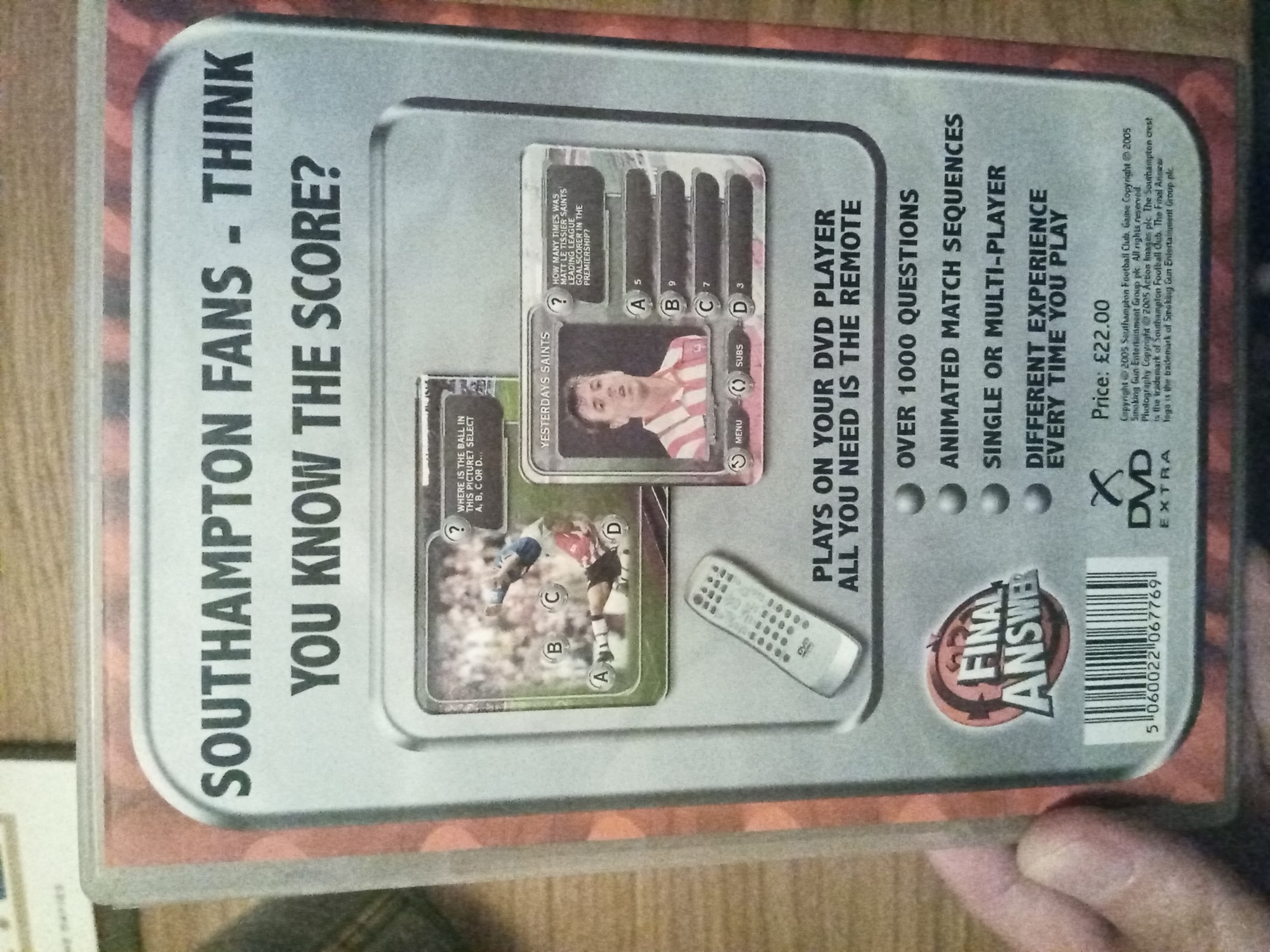
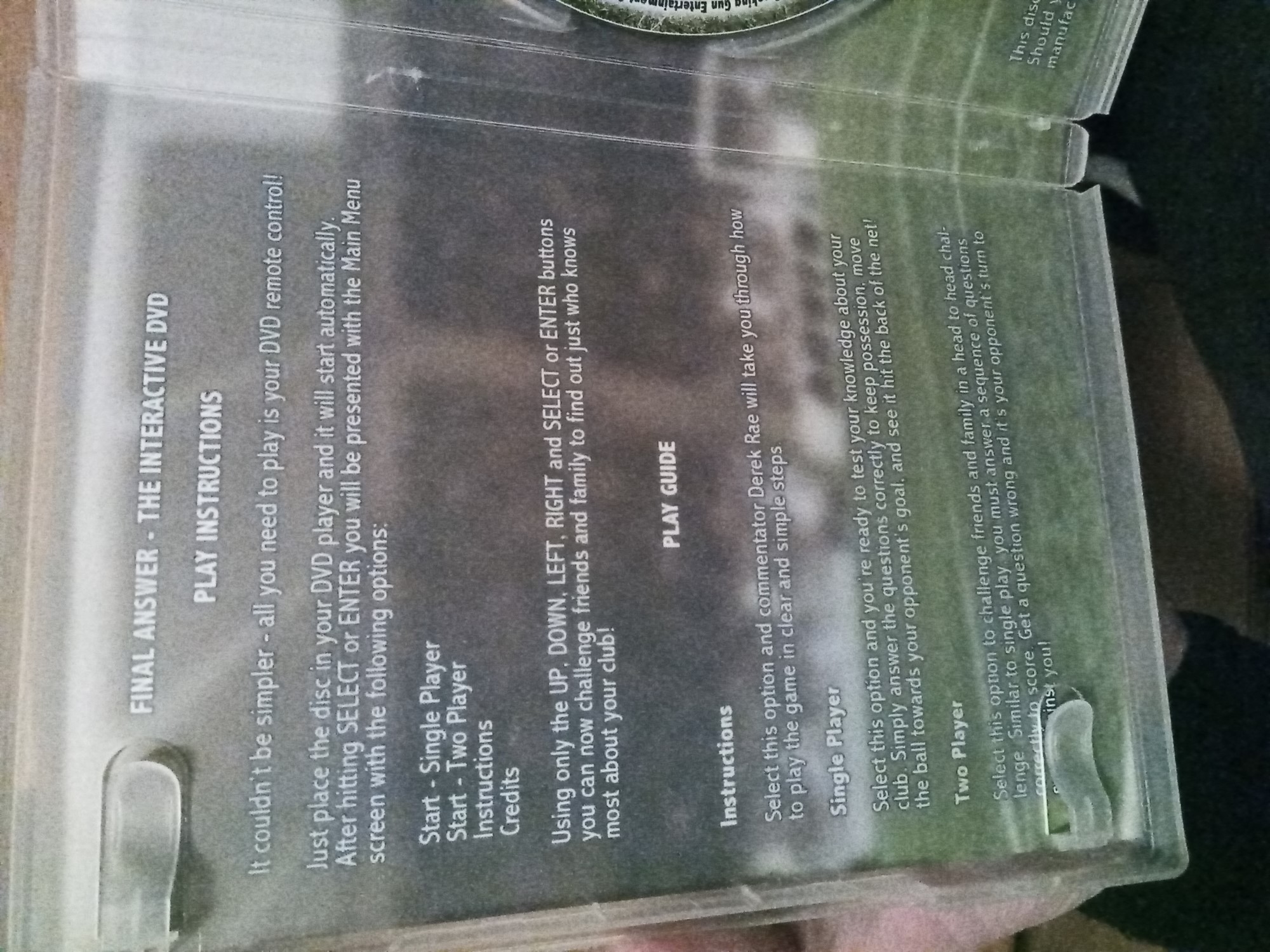
Having just replied to a lovely new comment on the YouTube video, I’m reminded that it’s been a while since I shared this livestream I did with Escape Velocity creator Matt Burch about the EV series several years ago: https://youtu.be/oYMZQINXW_s
i spent the weekend researching mac os x Aqua interface elements, and stumbled upon this classic collection of #OSX icons from 2000.
in the early 2000s, PixelJerk aka Samuel Krueger was one of the first to publish high-quality Aqua-themed icons for the new Mac OS X operating system.
few other icon designers demonstrated such skill and creativity with their icon sets.
it took the entire day, but i (by hand) converted each of these 200 Macintosh Icon format files into PNG and ICNS formats used in modern macOS. 😓
pixeljerk.com has been offline for 20 years... huge thank-you to macmonkies.com for keeping the only copy of these icons that exists on the web!
macOS version:
https://rootmarm.com/pixeljerk_icons/PixelJerk_macOSX_ICNS.zip
png version:
https://rootmarm.com/pixeljerk_icons/PixelJerk_PNG.zip
macintosh system7/8/9 version:
https://rootmarm.com/pixeljerk_icons/pixeljerk_pack_macintosh.zip
mac garden entry:
https://macintoshgarden.org/apps/pixeljerk-os-x-aqua-icon-collection
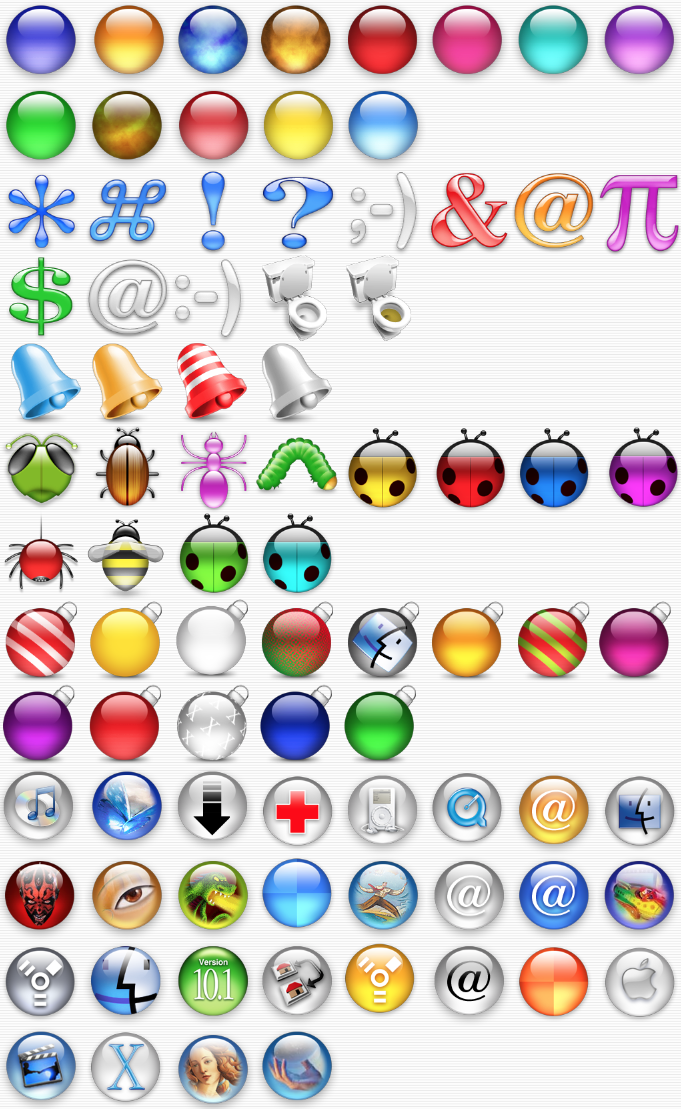
Do you periodically burn out?
I've just learned something while researching that could benefit you...
I was reading the work of autistic researcher Dora Raymaker.
She explained that the functioning of an autistic person running up to burnout can look like a "seneca cliff".
A seneca cliff is a model of a system which shows that growth or functioning is pretty good (even seeming to increase) and then, when decline comes, functioning falls off the cliff...at a rate much faster than growth.
It occurred to me that lots of people say to me "I was fine until I wasn't" or "I felt like I was actually ramping up or doing much more until I burnt out".
With this in mind, if it's hard for you to know when a burnout is coming (we can't always tell when we're in it), then you could reflect on whether or not you've been ramping up or putting in extra effort...this might indicate that a crash could be coming.
If this is helpful, pass the information on to your #autistic, #ADHD or #AuDHD friends and family.

New! @MossRC with a fascinating post on Tiger Woods PGA Tour 10, reaching the upper limits of realistic motion controls, and why the frisbee mode is the best:
As for Enchanted Scepters being a point-and-click adventure, it comes down to semantics. It's rare that there are actually any clickable objects in the illustrated scenes, but you can of course use the mouse to operate all the menus and select commands. (Many later World Builder games included lots of clickable objects and hotspots, though.) Whereas most people would probably think of "point and click" meaning that you can use the mouse to directly interact with objects in a scene. Hence why I called Deja Vu "arguably" the first.
ICOM's concept was to make a game version of a 1960s pulp novel, with gritty characters and noir vibes and a cynical, dry-humoured narrator. I think the icon nails that perfectly.
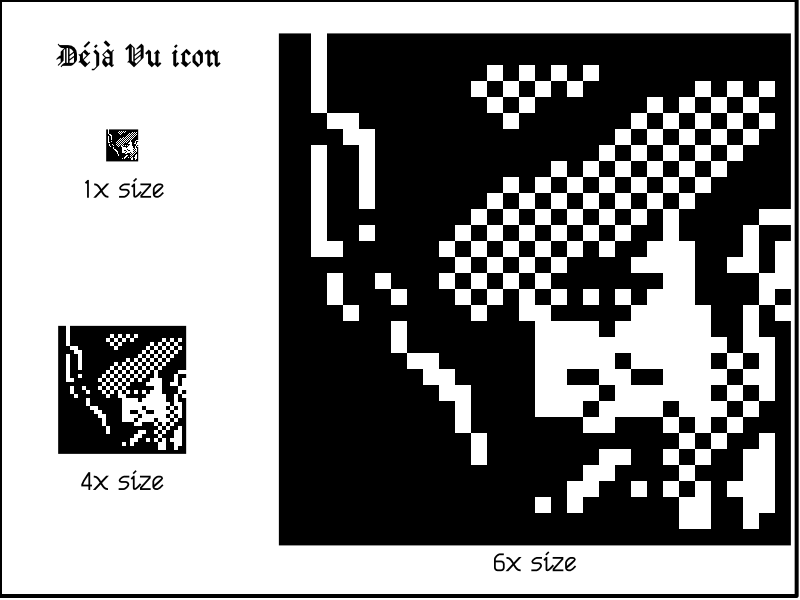
Always a treat to see #VideoGame Books get the spotlight. ♥️📚
In the latest @TWiT, @leo chats with
@Unbound CEO, Wil Harris, and showcases some really great reads from authors like:
Laura Kate Dale, Daniel Hardcastle, Andy Robertson, Richard Moss, and Konstantinos Dimopoulos.
#TheVideoGameLibrary #Gaming #VideoGames #Book #Books #Bookstodon @bookstodon
As best as I can guesstimate from my Mac gaming history research, MacGolf was *probably* the best-selling Mac game of the 1980s other than Flight Simulator (which may or may not count as a game).
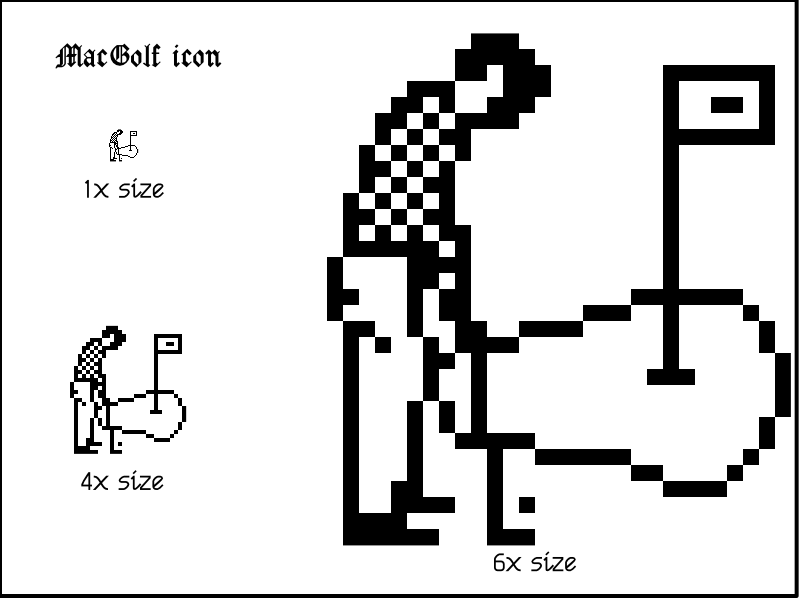
celebrating #pixelart palette cycling #animation that mark ferrari pioneered in #adventuregames
this scene is from the last chapter of Indiana Jones and the Fate of Atlantis. the combination of complementary colours and a restricted palette produces one of the finest ferrari-esque palette cycles i've ever seen.
Thank you so much to @Ash for putting this together and to everyone who's helped to preserve and expand on this wonderful bit of history.
